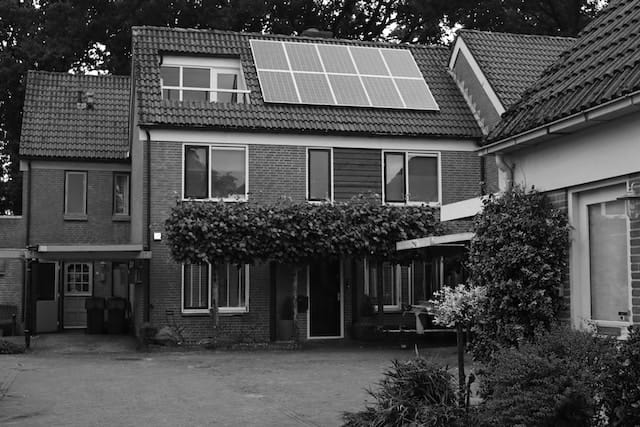5 Home Upgrades That Will Give Us a Cleaner Future

Humanity’s actions in the present will determine the course of our planet’s destiny. As people become more conscious of environmental concerns, homeowners worldwide look for methods to contribute to a more sustainable and environmentally friendly future. Households can drastically reduce their negative effects on the environment thanks to the wide availability of eco-friendly home improvements nowadays. The following is an in-depth look at five house improvements promising a greener future.
Improvements to Homes That Will Make a Cleaner Future Possible
1. Rainwater Harvesting Systems
As global water shortages loom, the age-old practice of rainwater harvesting is gaining renewed significance. Using specialized collection systems, typically installed on rooftops, homeowners can intercept, accumulate, and subsequently use rainwater for non-drinking applications such as gardening, flushing toilets, laundry, and even car washing.
Besides its immediate utility, the practice lessens the strain on local municipal water supplies and aids in preserving increasingly depleted groundwater reserves. Economically, this results in tangible savings on monthly water bills and promotes a sustainable approach to water consumption. As an eco-friendly and practical solution, rainwater harvesting is pivotal in addressing contemporary water challenges.
2. Geothermal Heat Pumps
Drawing energy from the Earth’s steady subterranean temperatures, geothermal heat pumps stand out as a testament to innovative green technology. By creating a heat exchange between the home and the ground below, these systems offer an efficient means to both heat and cool properties, depending on the season’s demands. One of the standout benefits is their environmentally friendly footprint; they produce considerably fewer greenhouse gas emissions when contrasted with traditional heating and cooling systems. Admittedly, the upfront installation costs for these systems can be substantial, but they are quickly offset by the substantial energy savings they generate. Coupled with their long lifespan and reduced maintenance expenses, geothermal heat pumps present a compelling case for sustainable home temperature regulation.
3. Solar Roof Tiles
Traditional solar panels have undoubtedly proven their effectiveness, but solar roof tiles or shingles present a more visually integrated solution for homeowners prioritizing aesthetics. Opting for reliable solar panel installation now offers choices beyond the conventional, with these tiles replacing or overlaying traditional roofing materials, leading to a sleek and discreet look. Functionally, they work similarly to standard solar panels, transforming sunlight into electricity and decreasing the household’s dependency on fossil fuels. Over their operational lifespan, the energy savings accrued can offset their initial costs and often exceed them. This innovative approach ensures homeowners don’t compromise on design while embracing sustainable energy solutions.
4. Sustainable Insulation Materials
Traditional insulation materials, while effective, have been critiqued for their chemical content and environmental footprint during production. However, with a growing focus on sustainability, eco-friendly alternatives are making their mark in the construction industry. Natural insulators such as sheep’s wool, repurposed denim, and cork ensure adequate thermal regulation and come from renewable or recycled sources, substantially reducing their environmental impact. Additionally, these sustainable insulators offer unique advantages like inherent moisture resistance and the ability to improve indoor air quality by reducing allergens and pollutants. Homeowners can achieve energy efficiency by choosing such materials while adhering to an environmentally conscious approach.
5. Smart Home Automation Systems
Technology has emerged as a powerful tool in championing sustainability in the modern age. Smart home automation systems, equipped with sensors and intuitive controls, empower homeowners to have granular oversight and management of different facets of their homes, from lighting to temperature regulation. By aligning these systems with daily routines and preferences, energy consumption can be tailored for maximum efficiency. For example, lights can automatically dim or turn off when a room is vacant, and thermostats can self-adjust based on external weather conditions or preset schedules. Through this automation, not only do households reduce their energy footprints, but they also enjoy substantial savings on utility bills.
Conclusion
The houses that people live in now can potentially affect the natural environment of the future. Homeowners can build living spaces that are comfortable and contemporary and connect with eco-conscious principles by incorporating forward-thinking, environmentally friendly solutions into their designs.
These home improvements shine a light on the way to a more sustainable and illuminating future for everyone at a time when the globe is on the brink of facing significant environmental difficulties.